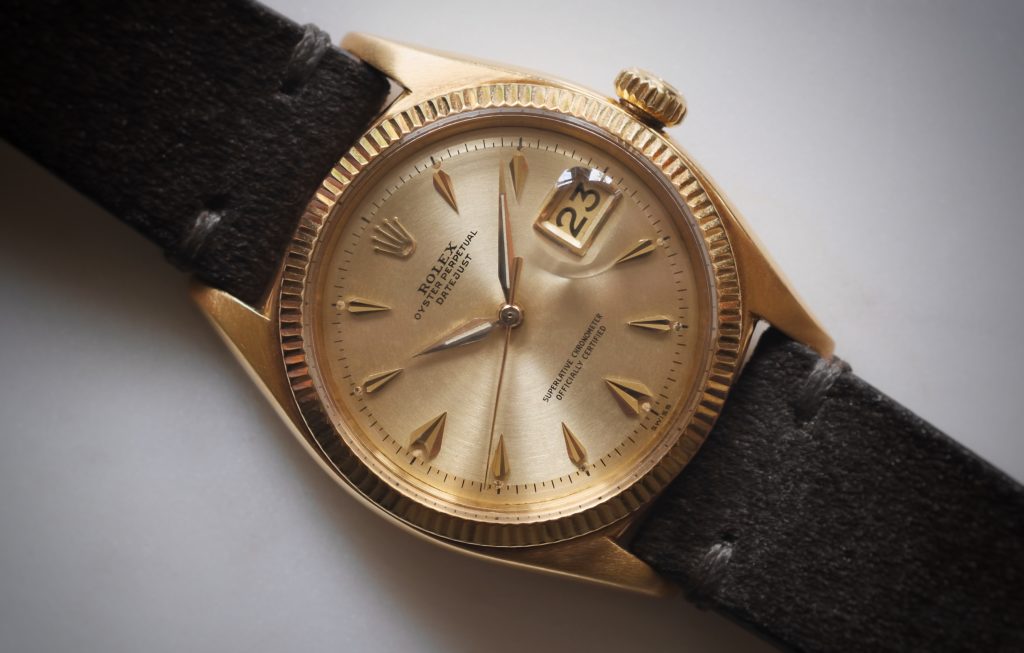The world of vintage watches was long dominated by Rolex sports models like the Submariner, Daytona and GMT Master. In recent years, however, there seems to have been a turn towards the smaller, more dressy models of the crown brand. The Day-Date, for instance, is in high demand among precious metal enthusiasts. But by far the best-selling vintage model at the moment is the Datejust
Text: Thomas van Straaten
In this article, I will take you into the world of vintage Rolex Datejust. A subject on which I wrote the book The vintage Rolex Datejust buyer's & collector's guide wrote about and which is now on pre-sale on Kickstarter.
What makes the vintage Datejust special
We in the watch industry like to sprinkle terms like iconic and classic. However, there is only a handful of watches that truly deserve that terminology. The Rolex Datejust undoubtedly falls into that category. The model was introduced in 1945 and has been in continuous production ever since. The design underwent only minor, gradual updates in the decades that followed. A 2021 Datejust is still unmistakably aesthetically linked to the very first version from 1945.
Therein lies directly a unique feature of the Datejust: it is an extraordinarily timeless watch. Seventy-six years after its introduction, it still feels current and fresh. Few products stand the test of time so well. You can therefore safely put the Rolex Datejust in the same breath as the Porsche 911, the Fender Stratocaster and the Eames lounge chair. Characteristic, recognisable and impervious to ageing.
The one-watch collection
In doing so, the Datejust is also a particularly versatile watch. On its signature Jubilee strap, the Datejust feels like a fish out of water in any situation. Whether you pair it with shorts and slippers or a three-piece suit. It is a watch that does not allow itself to be categorised as 'dressy' or 'casual'. It is one of those rare watches that always seems appropriate.
Add to that the fact that it is built like a tank, and you have the ultimate one-watch-collection. A watch you can wear anytime and anywhere, without having to be too careful with it. Now, of course, life is more fun when you have something to choose from, but with just a Datejust, you can actually get by anytime and anywhere. It is therefore also a very popular choice as a 'first serious watch'.
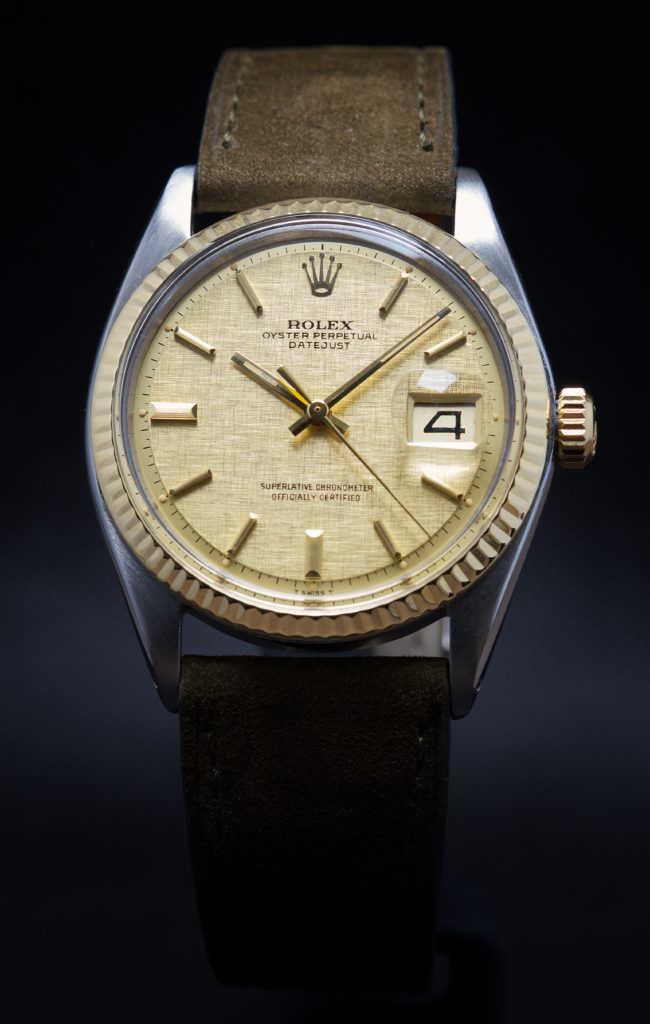
The definition of vintage
The term 'vintage' refers to watches to which time has added something. Watches that have grown in charm because they are a little older. We are often talking about pre-1980 watches, although of course that line is blurred and constantly changing. In the book, I limit myself to Datejusts from 1945 to 1990. That is an interesting time period for the Rolex Datejust, because it ranges from the introduction of the model to the first generations that were equipped with sapphire glass.
The appeal of vintage
A vintage Rolex is really something completely different from a modern one. For example, at AWCo (Amsterdam Watch Company, a specialist in vintage watches), in addition to Rolex lovers, we also see people coming in with an aversion to Rolex. They then often find it posh. That feeling usually disappears like snow in the sun when you hand them a vintage example. The bling factor is usually a lot lower and you immediately feel that you are dealing with a special level of craftsmanship.
A vintage Datejust is also often a bit smaller than people are used to; the men's size measures 36mm in diameter. That puts some off, but once on the wrist, you immediately see that this size is absolutely perfect. It looks subtle, tasteful and yet with a rock-solid wrist presence. And there is a shift going on, back to smaller sizes for men. We have of course had to deal with the oversized trend, fuelled by Panerai, Breitling and others. But we are now seeing many men prefer more subtle sizes again. That will only further grow the popularity of vintage Datejust.
Besides, a vintage watch also tells a story. There is something magical about the idea of having something on your wrist that contains decades of hidden adventures. Of course, I can only speak for myself, but a vintage watch connects me to something bigger than myself. It reminds me of my own relativity and insignificance in the bigger picture. I don't want to get overly philosophical about it, but it really does do something very different to you than a brand new watch, fresh out of stickers.
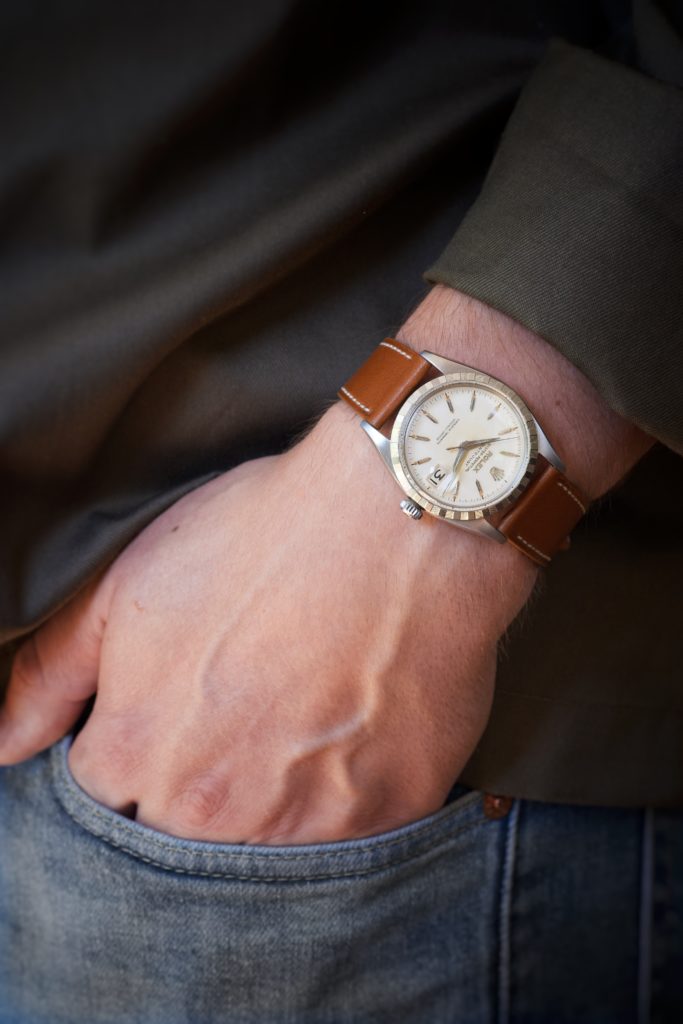
This is also because each one is unique. Even if you find two exactly the same references in the same configuration, from the same year, they have both aged slightly differently. One can still look very fresh and almost 'new old stock', while the other has developed a beautifully mottled and yellowed dial. We call these signs of ageing patina. You really have to fall for the unique patina of a vintage watch. The purchase is therefore really a different game from new watches. Specifications don't really matter. You have to kind of fall in love with that one specific specimen. If you have that feeling, then that is your vintage Datejust!
What should you look out for when buying?
Many enthusiasts have some cold feet when buying their first vintage watch. After all, you want to buy a sound product; original, beating and mechanically sound. That might be a bit scary when it comes to a fifty-year-old watch.
So a key piece of advice is 'buy the seller'. You can of course look for a private individual or a part-time dealer via Marktplaats, but a professional dealer with a public profile may be a smarter choice. Such a dealer has a reputation to uphold and thus has an interest in informing and guiding you honestly and openly in your choice. They also often offer a warranty, so you need to worry less about the technical condition of the watch. A faulty one can be a bottomless pit of restoration and repair work, you can avoid that this way.
And, of course, it helps if you have basic knowledge of the specific watch you are looking at. The more you know, the easier it is to spot a non-knocking part or a poor restoration job. Having some knowledge of the historical context also makes it easier to choose between available generations and references. The Vintage Rolex Datejust buyer's & collector's guide was written specifically to equip you with this knowledge. I know how much pleasure you can get out of a vintage Datejust. With my book, I try to share that pleasure, by equipping the reader with all the knowledge you need to make an informed and wise purchase.
The most popular vintage Datejusts
We can roughly divide the history of the Rolex Datejust into three time periods. The first is the period 1945-1959. Here we find the earliest models with the most vintage look. For example, you can still see the more classic Alpha pointers and Arrow-head indices. These watches are relatively rare and therefore expensive. It is also good to realise that the old movements in these watches are a bit more difficult to maintain than the later ones calibres. I would only recommend this period to more experienced collectors, as these watches simply need a bit more love and care than later Datejust generations.
Then comes the 1959-1988 era. Here we find the most popular vintage generations. You sometimes hear the terms 'four- and five-digit Datejust references'. This refers to the 16xx references and the 16xxx references. Without going into too much detail: these are the archetypal vintage Datejusts with their domed acrylic glasses, iconic 'cyclops' above the date, Jubilee or Oyster straps and the recognisable baton hands. These generations are great for everyday use and easy to maintain. Common versions are also relatively affordable and you can completely lose yourself in all kinds of exotic variations with countless different dials, gold and steel combinations and bezels.
Since 1988, the domed acrylic glass has been replaced by sapphire glass (this happened on the Lady Datejust as early as 1983, by the way) and the Datejust becomes sleeker and more modern in appearance. For this simplified tripartite division, we could therefore refer to the 1988-2021 period as the period of the modern Datejust. These generations, too, are of course perfect for everyday use, but no longer have that typical vintage look. But that is also a matter of taste, of course.
Makt development
The popularity of the vintage Datejust is also evident in its value trend. Over the past seven years, prices for common models have roughly doubled. Rare variants have sometimes experienced an even much larger growth.
This is not surprising when you consider that the group of vintage watch lovers has been growing steadily for years. More and more one-time-buyers and seasoned collectors are becoming enchanted by the vintage world. On the other hand, of course, the amount of available watches from the 1940s to the 1970s is shrinking rather than growing. Therefore, there seems little reason to believe that this trend in value will change any time soon.
I won't quickly recommend buying a watch as an investment, but it is a nice idea that your money doesn't evaporate when you buy a nice vintage Datejust. And of course, it also helps that these models are so current that you can sell a Datejust in a day as an individual, where with other watches you sometimes have to haggle for months or accept a dumping price.
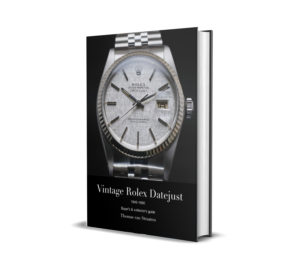 Book
Book
The vintage Rolex Datejust buyer's & collector's guide is now available with temporary special early-bird discount for those who support the project at this stage. The book contains the complete history of the Rolex Datejust, comprehensive descriptions of all generations, a list of all vintage references and variations in dials, calibres, bands and other parts, series of microscope images of the smallest details and fine photography of common, rare and downright exotic specimens. A must-have for any watch lover.
Vintage watches can be found at
